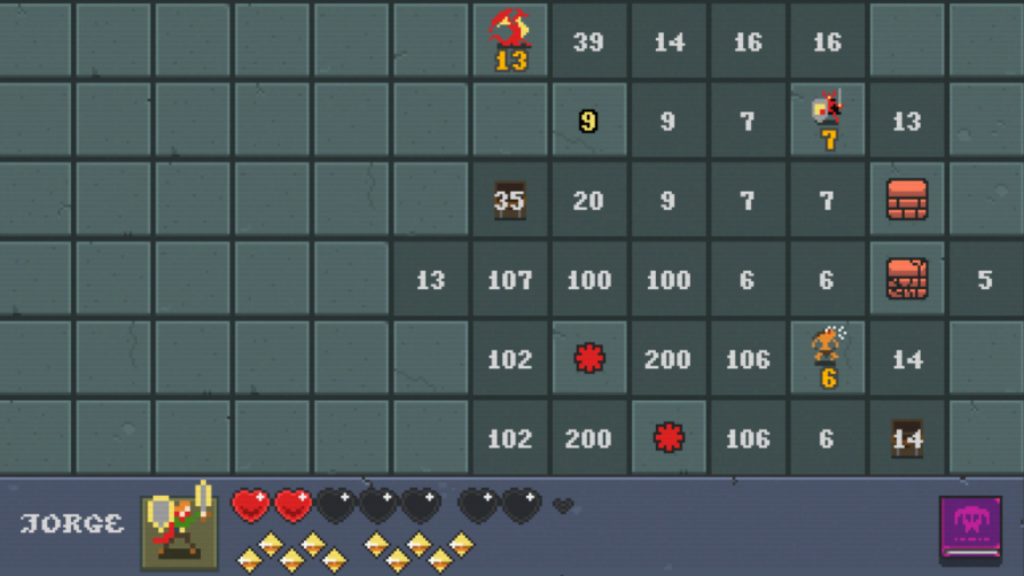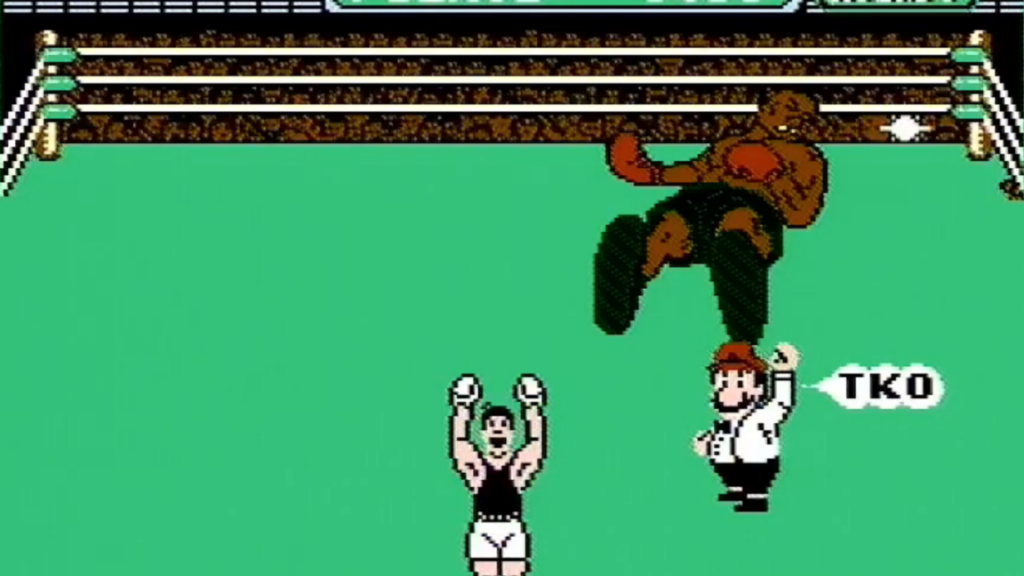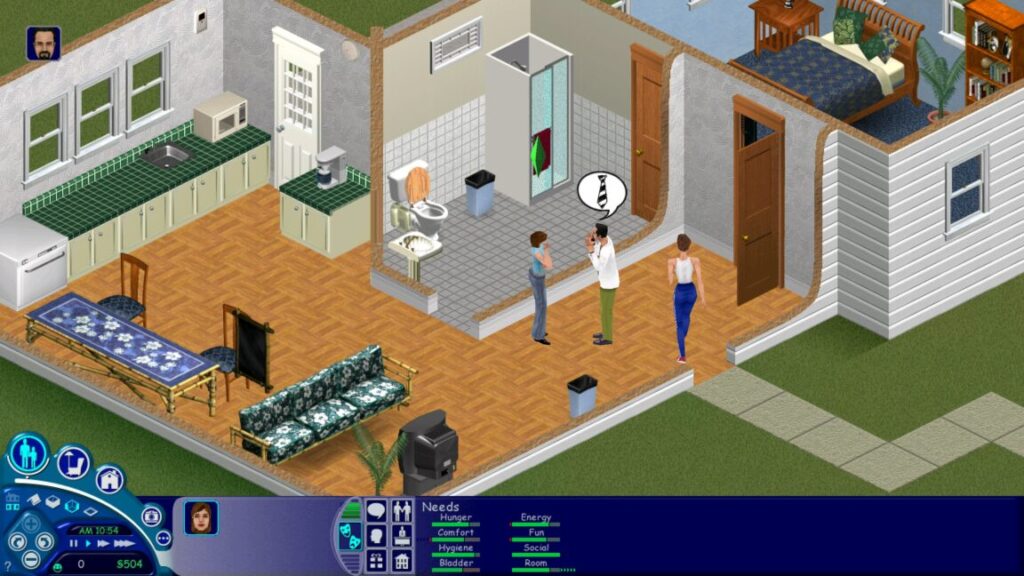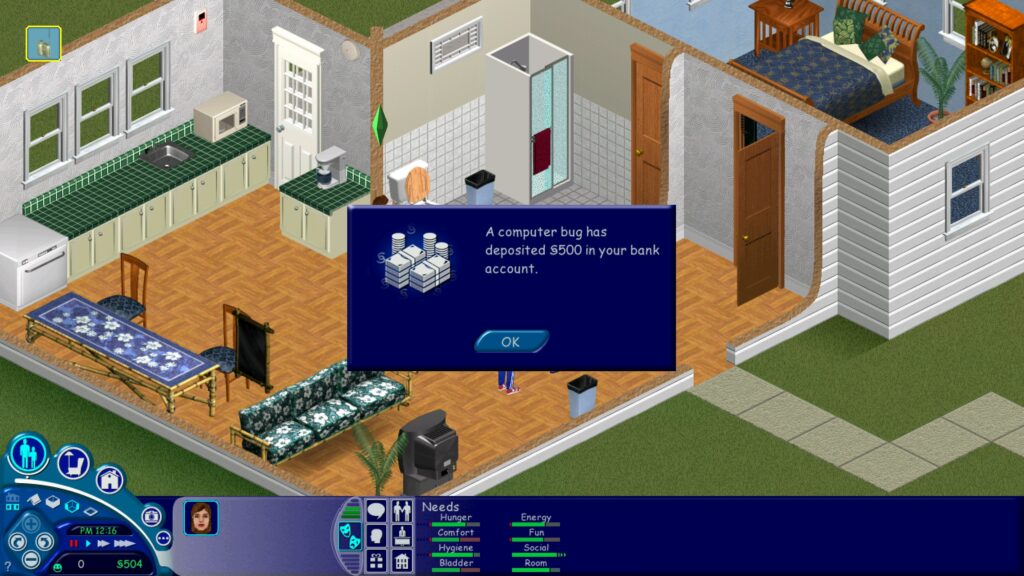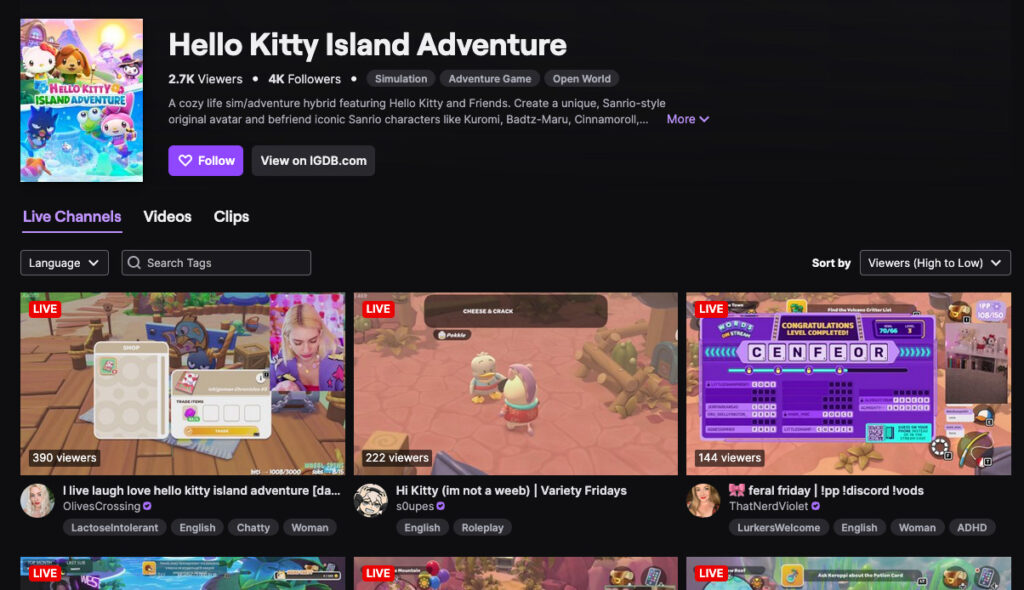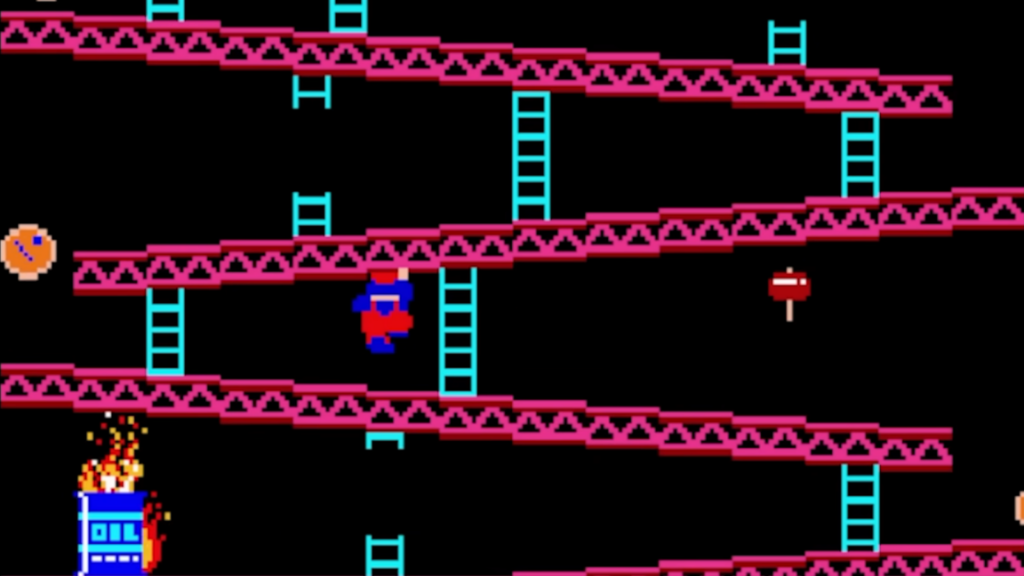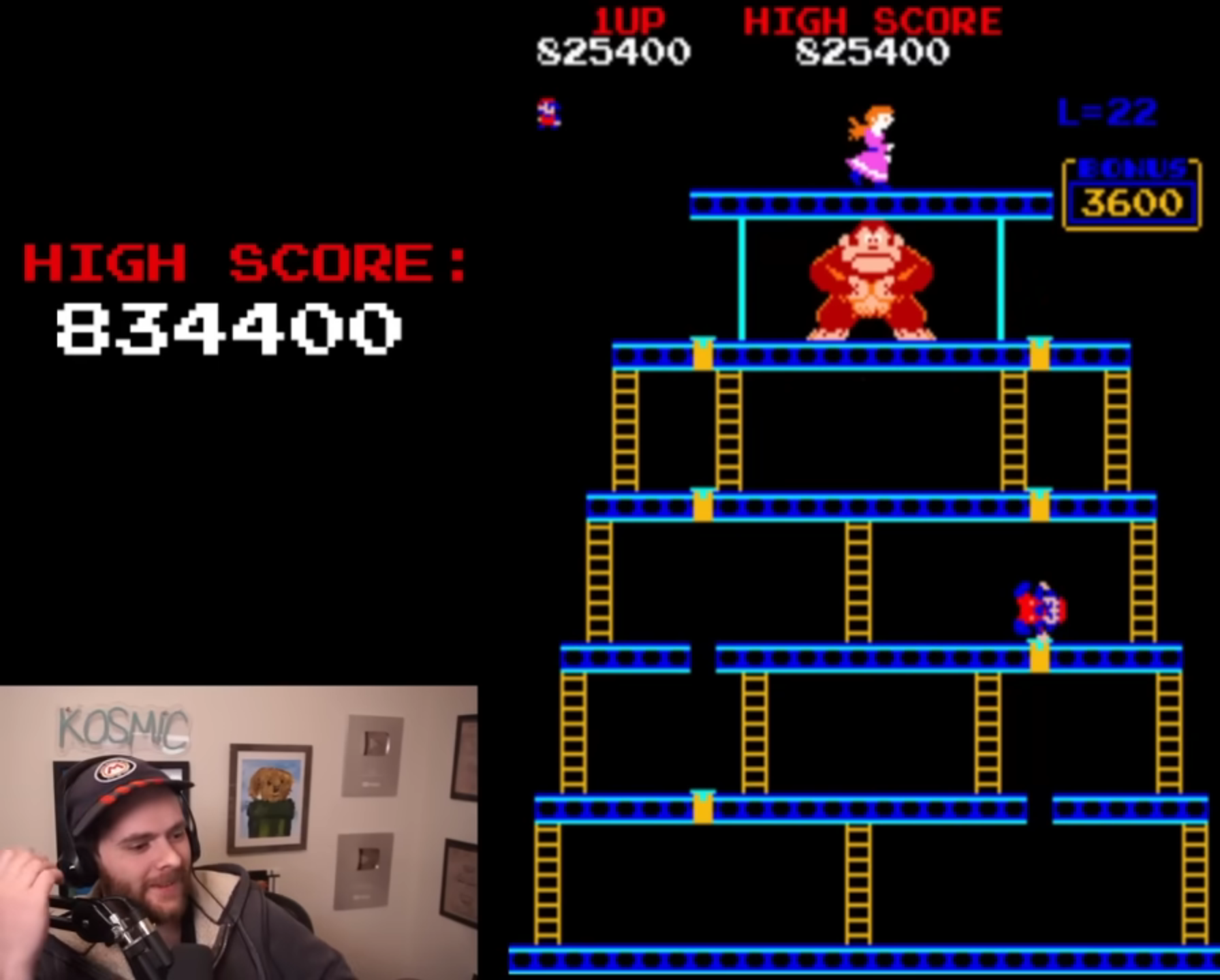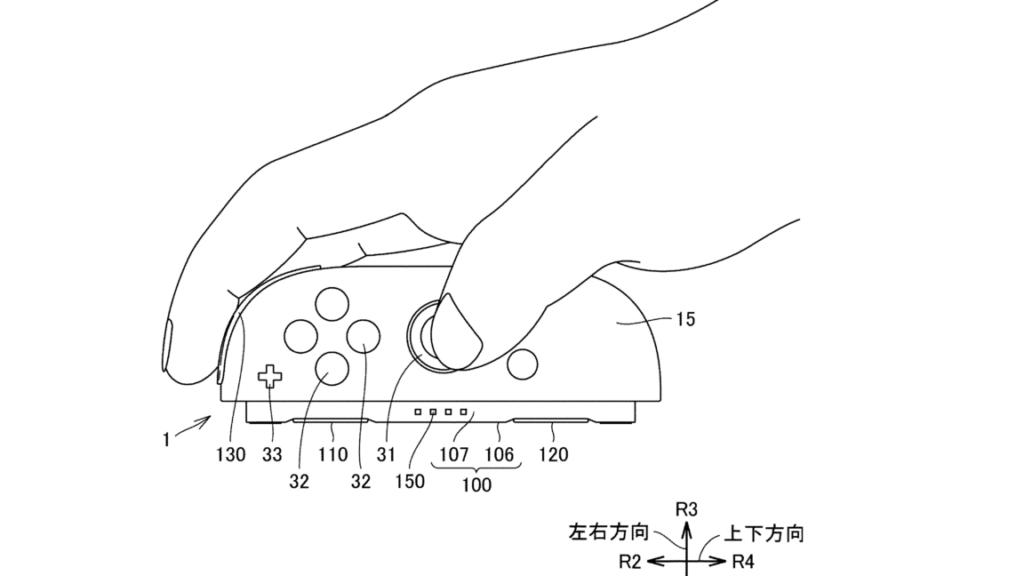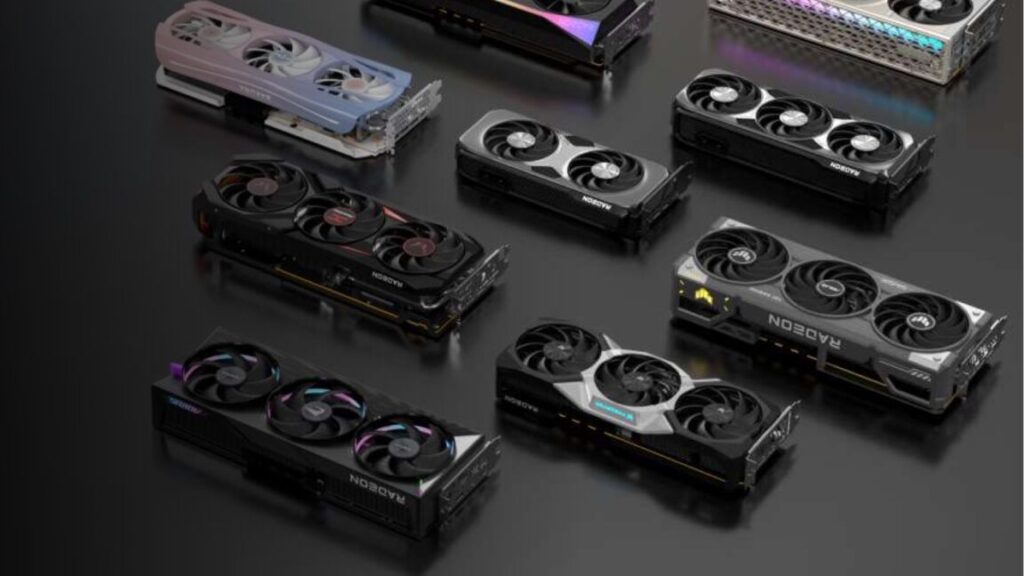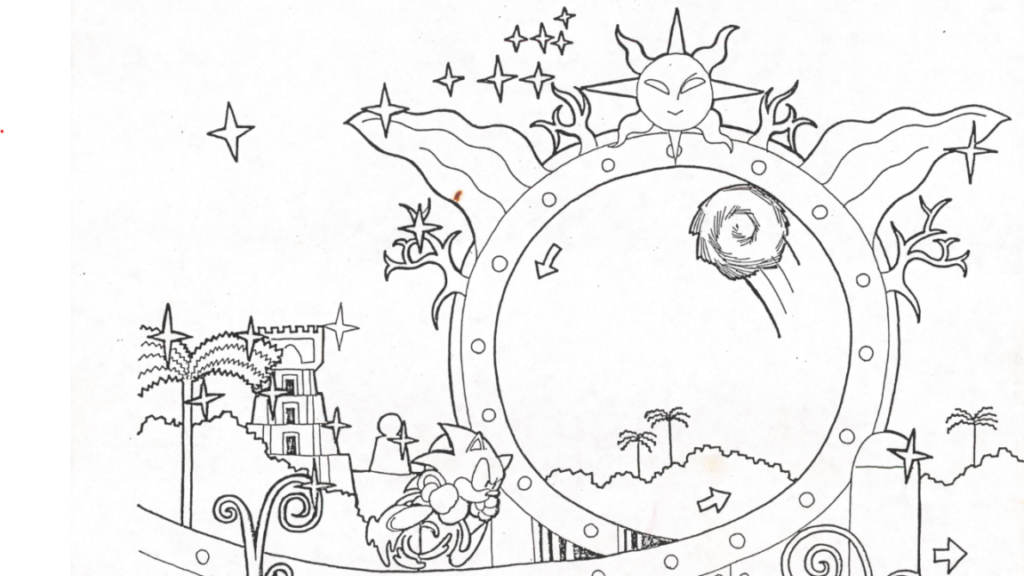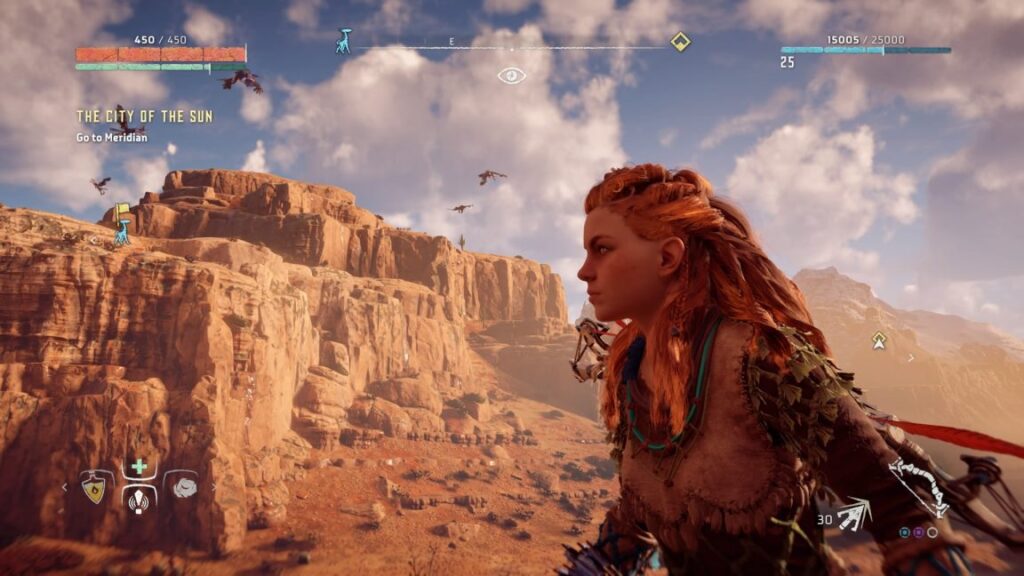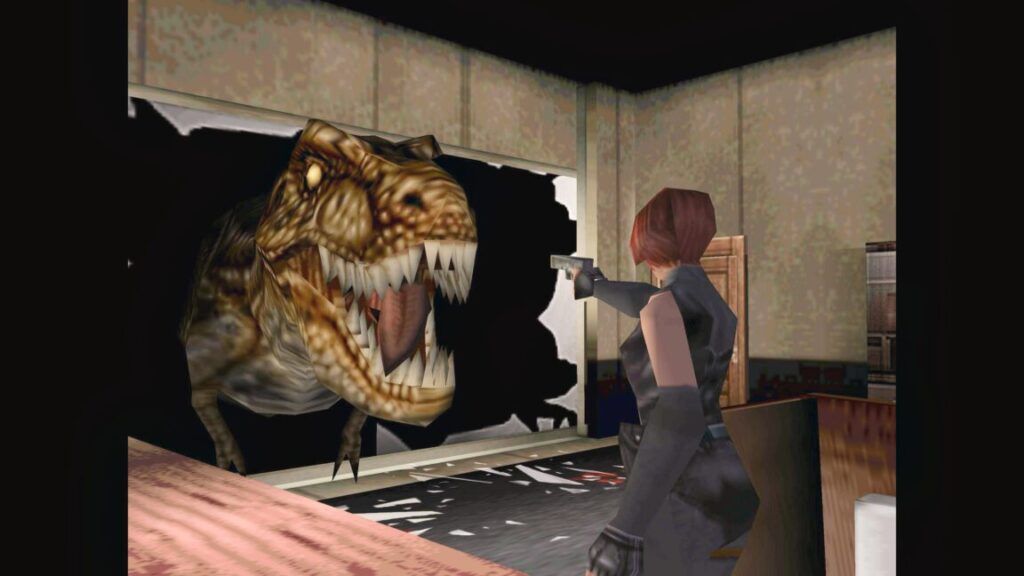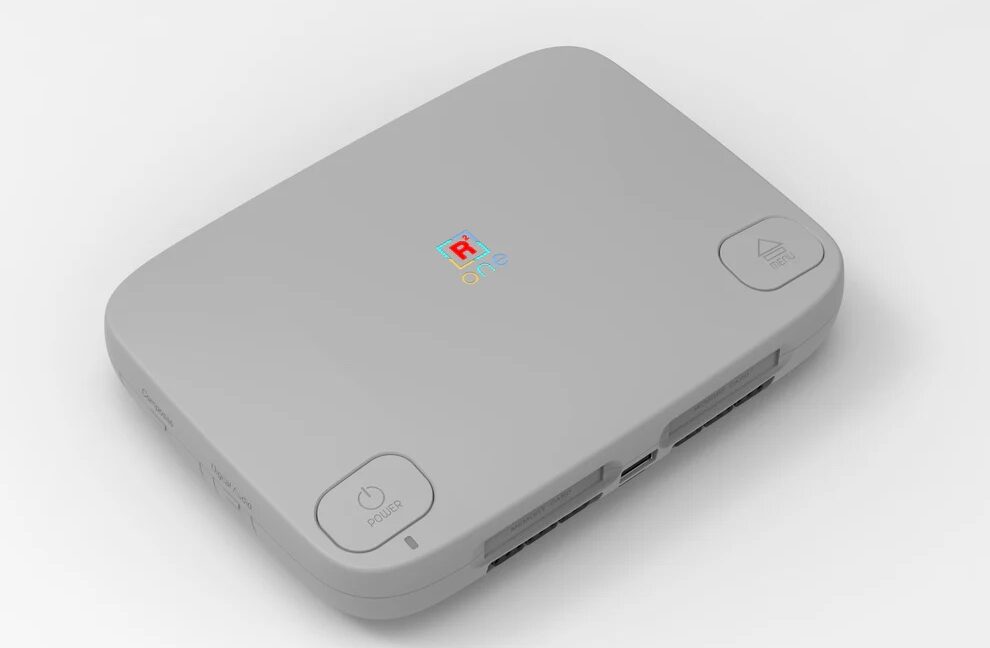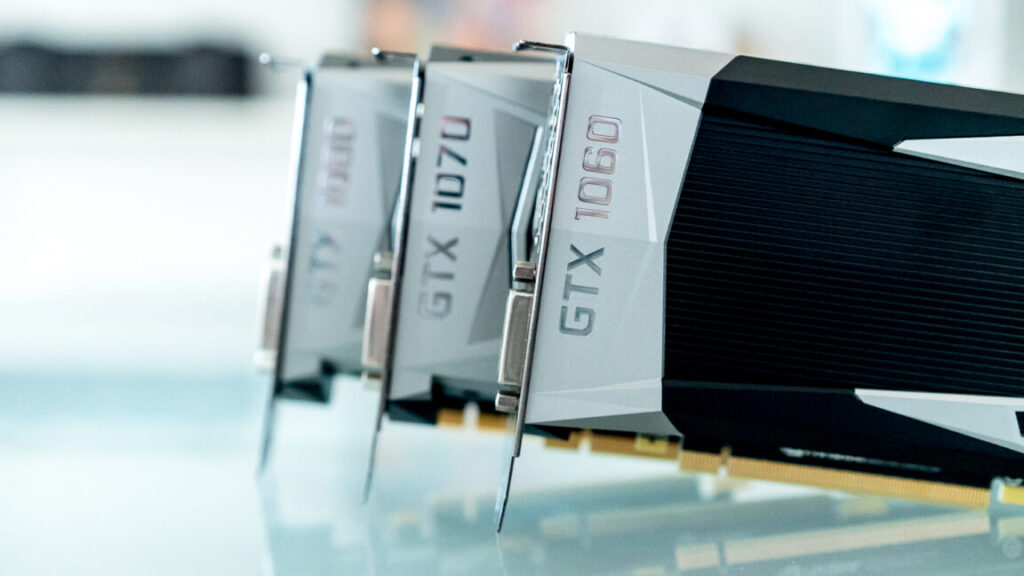Dragonsweeper is my favorite game of 2025 (so far)
While writing a wide-ranging history of Windows Minesweeper for Boss Fight Books in 2023, I ended up playing many variations of Microsoft’s beloved original game. Those include versions with hexagonal tiles, versions with weird board shapes, and versions that extend Minesweeper into four dimensions or more, to name just a few.
Almost all these variants messed a little too much with the careful balance of simplicity, readability, reasoning, and luck that made the original Minesweeper so addictive. None of them became games I return to day after day.
But then I stumbled onto Dragonsweeper, a free browser-based game that indie developer Daniel Benmergui released unceremoniously on itch.io last month. In the weeks since I discovered it, the game has become my latest puzzle obsession, filling in a worrying proportion of my spare moments with its addictive, simple RPG-tinged take on the Minesweeper formula.
Exploresweeper
Like Minesweeper before it, Dragonsweeper is a game about deducing hidden information based on the limited information you can already see on the grid. But the numbers you reveal in Dragonsweeper don’t simply tell you the number of threats on adjacent squares. Instead, the “numbers are sum of monster power,” as the game’s cryptic “Monsternomicon” explains. So a revealed square with a “14” could suggest two 7-power devils nearby or two 5-power slimes and a 4-power ogre, or even seven 2-power bats in a particularly weird randomized arrangement.
Destroying those monsters means eating into your avatar Jorge’s health total, which is prominently displayed in the bottom-left corner. Jorge’s health can safely go down to zero hearts without dying—which feels a bit counter-intuitive at first—and can be restored by using discovered health potions or by leveling up with gold accumulated from downed monsters and items. If you can level up enough without dying, you’ll have the health necessary to defeat the titular dragon sitting in the middle of the board and win the game.
Dragonsweeper is my favorite game of 2025 (so far) Read More »
